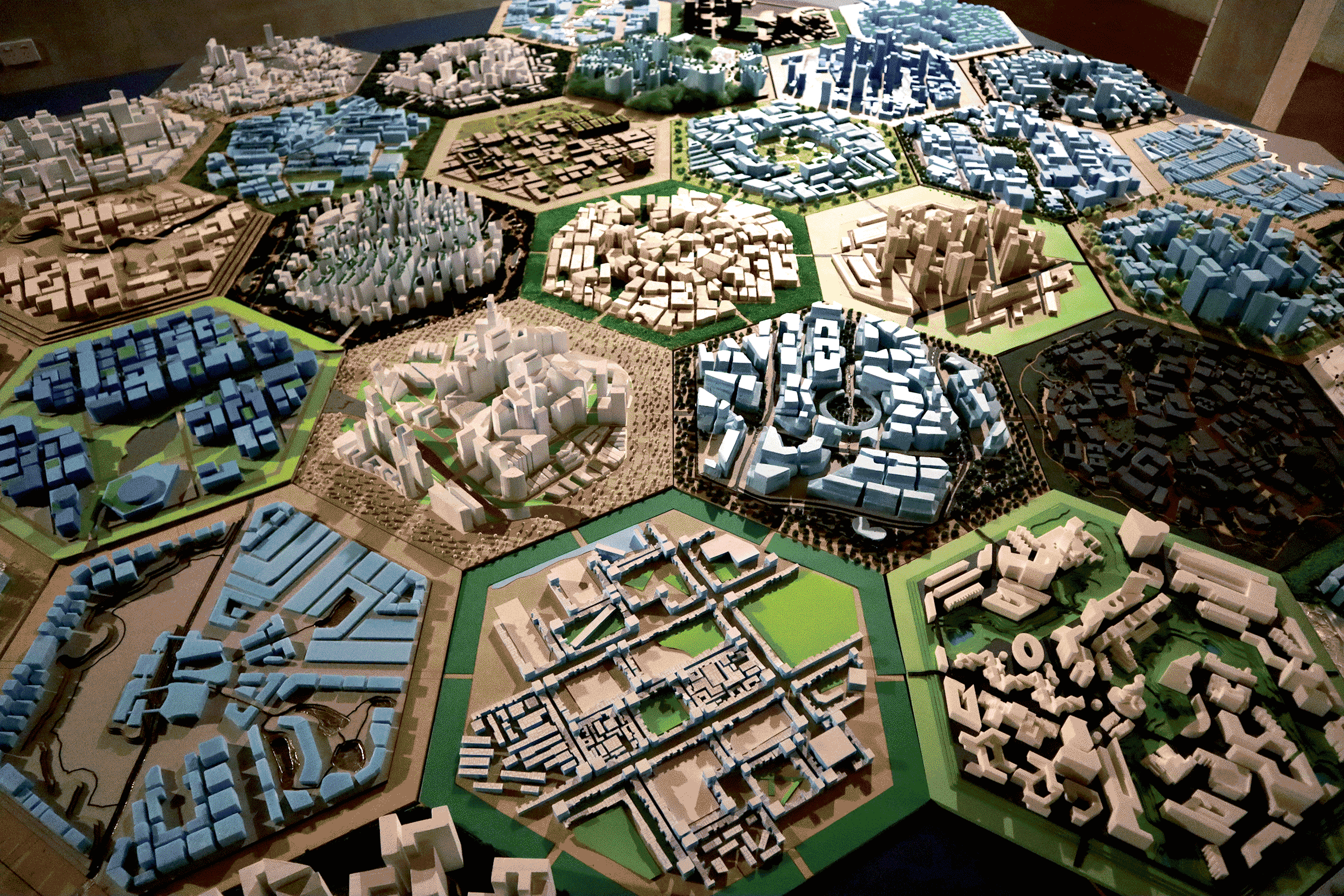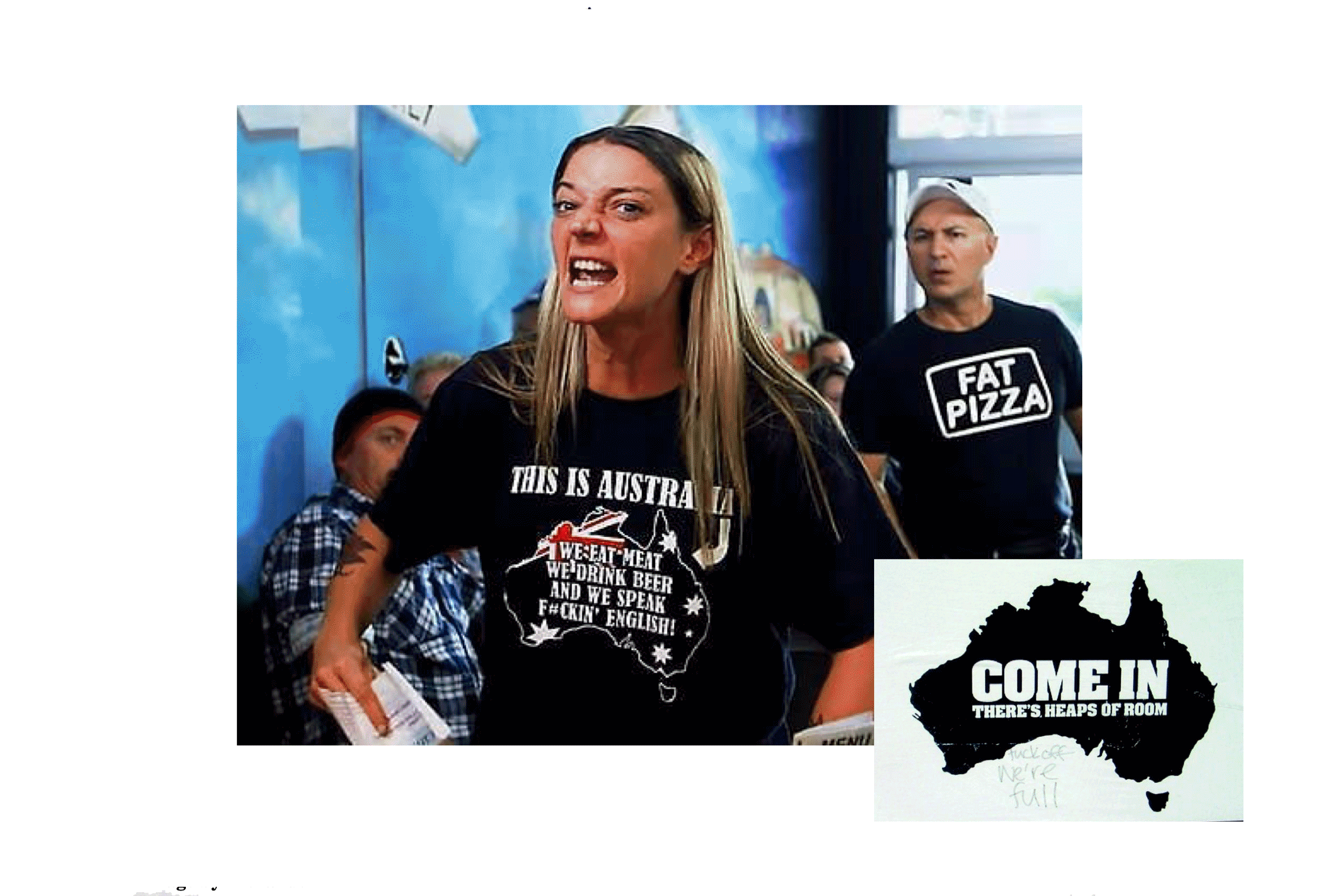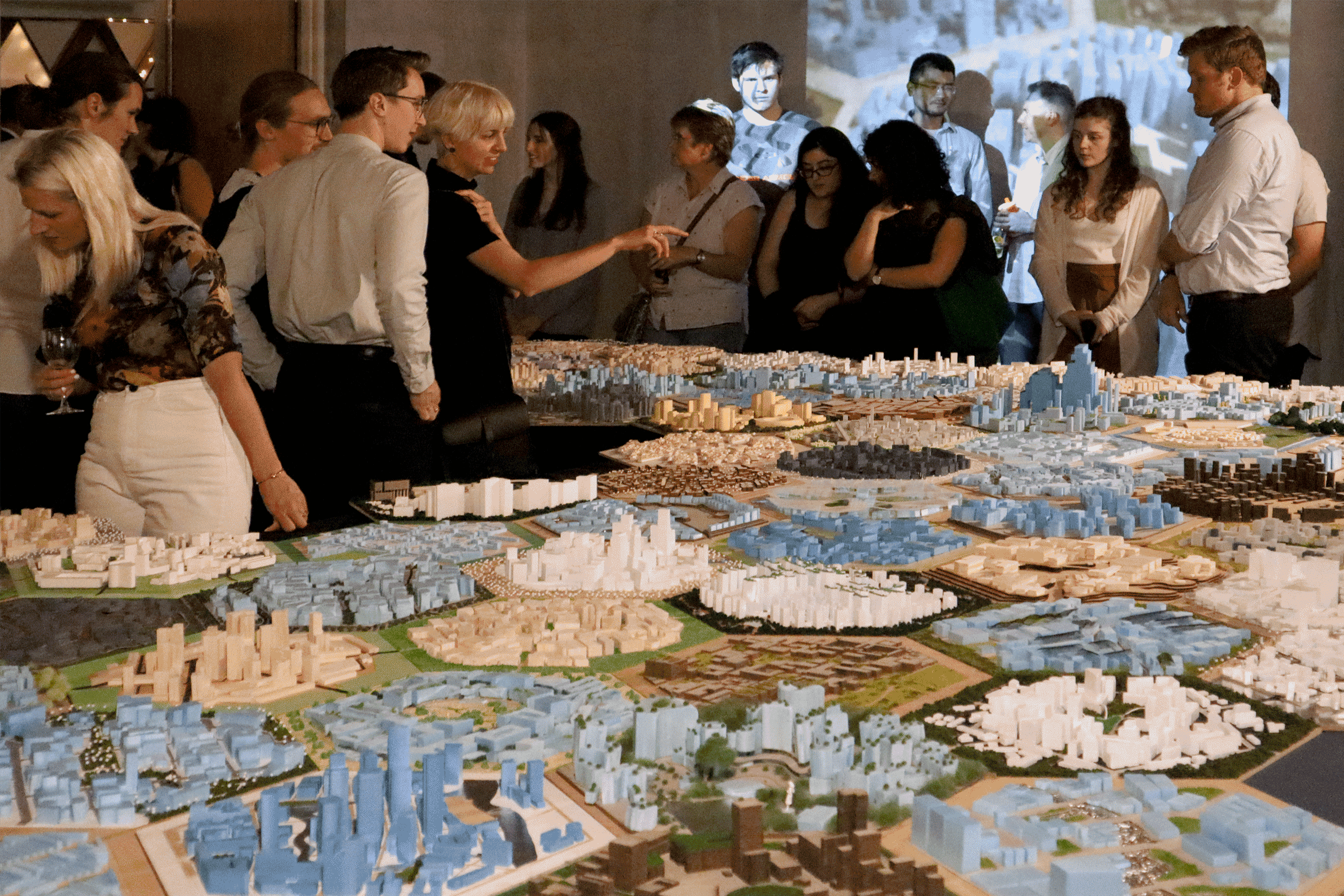
How soon is now?
World Refugee Day came and went on June 20th but it was largely foreshadowed by a curious election outcome in Australia, which seems to be digging itself ~ and the rest of the world~ into an even deeper coal catastrophe.
In the context of such missed opportunities; the growing numbers of climate displaced people that have exceeded forecasts; and, as alarmingly, an arctic circle that appears to have ramped up its melt-down with potentially catastrophic results ~ radical urban solutions to accommodate the increasing tide of both domestic and international refugees worldwide seems very much on cue.
Indeed report after report suggest that by 2050 cities are not only going to get much hotter, but that many formerly habitable places will simply no longer be able to sustain human life at all.
Enter Dr. Julian Bolleter of the University of Western Australia’s Urban Design Research Centre, and, Ken Parish - senior Law Lecturer at Darwin University, who together formulated a student design brief for a new kind of city, REFUGE CITY for the Northern Territory of Australia.

Now one could take the view that by 2030, the IPCC temperature targets are going to be met one way or another, or, alternatively one could take the view that even if the unprecedented global effort required to cut GHG emissions bears fruit, the feedback loops of an ecological system already breaking down (with increasing methane released into the atmosphere) will continue to have a disastrous effect on people’s livelihoods.
In the case of the latter, or simply the status quo of current temperatures, new thinking about what cities should be and how they can function in a highly destabilised world, is urgent.
Climate Change Cities asked the authors of REFUGE CITY’s brief to explain its conceptual origin and the student’s responses:
CCC: Thank you for your time Julian – we were pleasantly surprised to see an idea so prescient and close to our hearts represented freshly in the Conversation. This is obviously a polemical proposal. Can you tell us how the project came to be?
Julian Bolleter: It was really Ken’s idea, he is a legal academic working up in the Northern Territory and is exposed to the ‘front line’ as it were. In Australia public sentiment has turned against immigration because of affordability issues within existing cities, and cities have kind of reached the limit of their liveability. This is really the backdrop from which Australia’s “hysteria” towards so called boat-people stems. It’s been a long time since Australia built a new city so the idea of coming up with a solution that addressed a number of needs including the predictions on refugee numbers coming to Australia, so it seemed worthy of investigation by the urban design students.

CCC: So what does a “Charter City actually mean? Were you thinking free-trade zone? A Singapore-style city?
Julian Bolleter: The Northern Territory of Australia is governed in terms of its law making via Australia’s capital, Canberra. The Charter City idea is unique in that the city’s establishment and by-laws could be promulgated in Canberra with less controversy and interference than in any of Australia’s other self-governing states.
CCC: So how did Ken’s role differ from yours?
Julian Bolleter: Ken effectively proposed the legal framework and human rights rationale and I created the design brief. Melville Island, which is the northernmost part of the Northern Territory and an obvious landing point for refugees, was chosen as the site. It’s the second largest island in Australia and also conveniently close to Darwin, which would allow for migrant work and sufficiently isolated from the mainland to be effective as a kind-of immigration half-way house. Obviously any such process would have to involve the Tiwi first peoples say so, who are the custodians of the land.
CCC: Would there be some kind of long-term lease and economic benefits to the aboriginal custodians?
Julian Bolleter: Yes, we were thinking that the city is a middle ground between a refugee camp and a first world city, where manufacturers could benefit from labour at “world-wage” rates as opposed to Australian wage rates. This would create an attractive investment environment on a long-term lease basis. We also thought of it as a place where the sharing economy is foremost and ultimately people may be be granted full citizenship, or a special kind of citizenship or residency.
CCC: Tell us about the city design, its morphology?
Julian Bolleter: Refuge City was proposed as a collection of distinct hexagonal shaped neighbourhoods - each housing up to 32 000 people in what we called “urban islands” of cultural specificity, each effectively a homage to the type of urban patterns and architecture that the migrants are familiar with in their countries of origin.

CCC: That’s a comforting idea. I had been thinking of a climate refugee city for the Buccaneer Islands in Western Australia, which also finds itself in the front line for “boat people” coming via the Timor Sea and is mineral rich and has great tourism potential, however I was concerned about the quality of life in such a hot place that would only be getting hotter with climate change and started searching elsewhere. Is the Northern Territory the right place for a new city, and what steps could the architecture take to mitigate the heat?
Julian Bolleter: At this stage the idea was really a provocation and we didn’t go too deeply into the architectural design concepts that could make for more comfortable living, however it really should be noted that by 2070 the wet-bulb temperature in those kinds of places could be so extreme that outdoor exposure of 6~7 hours will mean death to humans and obviously air-conditioning works very inefficiently in high humidity so… as such in time we may also need Refuge City models in the south of Australia.
CCC: Maybe that’s something that can be looked at in terms of the architecture, even going subterranean? Other environmental engineering?
Julian Bolleter: Yes maybe…
CCC: Tell us about the hierarchy of public space in Refuge City? How were the institutions and civic functions distributed within the city plan?
Julian Bolleter: A public open space system was devised between the hexagonal neighbourhoods and we gave students certain land-uses like education or health care, mixed-use etc. With the grain there is a zoning concept but it’s not too mono-functional like in modernist planning.

CCC: And who would pay for Refuge City to be built?
Julian Bolleter: The principal infrastructure; ports, roads and heavy rail, would be built by the federal government. A central corporation like the Garden City model at Letchworth would retain the land and then have long-term leases to recoup the cost of the initial development but it is the ingenuity of the immigrants that would actually build the place.
CCC: Politically, how do you think such a concept would go down in Australia?
Julian Bolleter: We saw this as a conversation starter. Climate change is one of the foremost drivers of urban transformation now in existing cities. To date the Liberal Government have shown no interest in involvement central government in cities, yet inevitably the agenda will change.
CCC: Looking at the projections, and in the writings of Nathanael Dorent who you have referred to, Australia may in fact need to build MANY of these kinds of cities not just one?
Julian Bolleter: Indeed, we really focused on the urban design issues resulting from the brief but definitely agree.
CCC: And what’s the next design challenge for you?
Julian Bolleter: I have been invited to co-design a new city in Uganda with local consultants, planners and politicians next week.
CCC: Best of luck there!
_________________________
All images supplied by Julian Bolleter. Climate Change Cities thanks Dr. Julian Bolleter, Ken Parish, the students and staff including Luke Davey, Emily van Eyk, Aiden Smith, Lara van Toukian, and Graeme Washburton for content published.